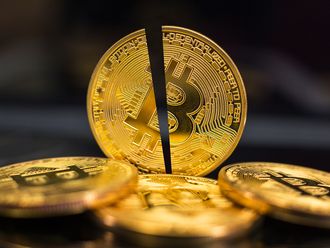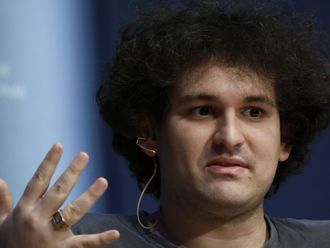The term “blockchain” has become a buzzword in recent times, but when asked what it means, most people are able to only vaguely associate it with Bitcoins.
Blockchain is a way of digitally recording data and transactions, where each record is a “block” linked chronologically together in a “chain”, which shows all activity. This is then distributed across multiple computers in a network and any change in one location gets automatically updated in all versions of the chain.
Because of its distributed nature, a blockchain is difficult to hack, as all copies are stored in multiple locations.
Bitcoin was the first major application of blockchain technology, and the recent surge in Bitcoin value had brought the term into the mainstream. However, applications of blockchain go much beyond cryptocurrencies and can be widely used in retail and marketing as well.
Here are six applications of blockchain technology in retail and marketing that are already being used:
* Managing logistics — Blockchains can be used by retailers to track shipments, to create a record of who all have handled the shipments, the time of receipt at each point, parameters like temperature, condition of products and so on. This reduces the risk of shipment losses, pilfering and damage to goods due to poor handling.
Wave is one logistics company that maintains all shipping logs in a paperless environment via blockchains; and this is likely to become increasingly popular going forward.
* Proving product provenance — In a world where consumers are increasingly making choices based on environmental and ethical record of brands, blockchains can be used to provide a complete record of each part of the retail chain, from supplier to manufacturer to retailer. Provenance is one such company that tracks all supply chain data for a product and enables consumers to search for it in real time, thereby enhancing trust.
Verifying authenticity — This is especially useful in luxury goods. Blockchains can enable consumers to track the product right back to its source and even allow them to look at individual elements. This helps to reduce the risk of counterfeiting, so someone buying a Gucci or Hermes bag can be sure that it is the real deal.
“Block Verify” and “Ever Ledger” are blockchain based authentication solutions for luxury goods, that tag products at the point of manufacture, certify them on a blockchain that consumers can view and also records purchase details to register ownership.
* Managing warranties — Rather than relying on paper that often gets lost, blockchains can be used to offer consumers digital warranty wallets, where they can record all their warranty information. Warranteer is one such solution that is already working with companies in the home electronics space to offer digital warranties to customers.
* Managing loyalty programmes — Blockchains could revolutionise loyalty programmes by helping consumers track their points across multiple platforms. This could also allow them to trade loyalty points across different services like airlines and banks. This also provided retailers with insights on broader shopping habits of consumers, that allows targeting via more personalised offers.
Loyyal is one such blockchain-based loyalty management solution that allows consumers to integrate various loyalty schemes.
* Monitoring digital ad viewership — There are also many applications of blockchain in digital advertising, the most foundational being authenticating that the ads have been viewed by real people and not bots. This itself would save advertisers billions in lost spends. Companies like AdChain use their own tokens to verify viewers, ensuring that companies get the advertising that they pay for.
While blockchain technology has been around for a decade or so, current trends show that its usage is picking up momentum. Earlier, its application was limited to online financial services, but it is now finding wider application across a whole host of sectors. Marketers and retailers need to quickly adapt and harness the power of blockchains to improve their offering to consumers.
— The writer is a Director at Kantar MENAP.











